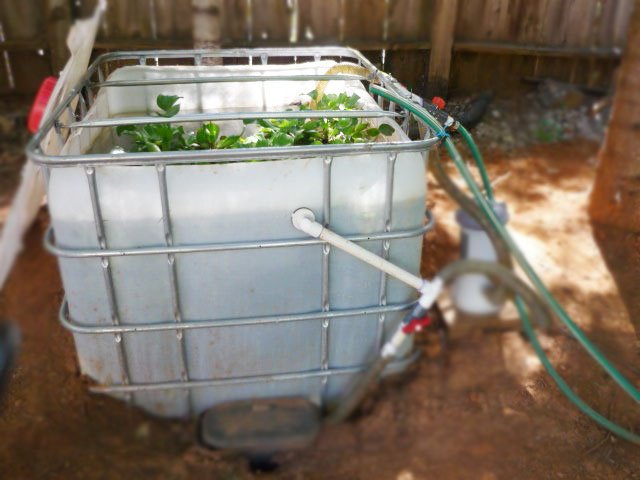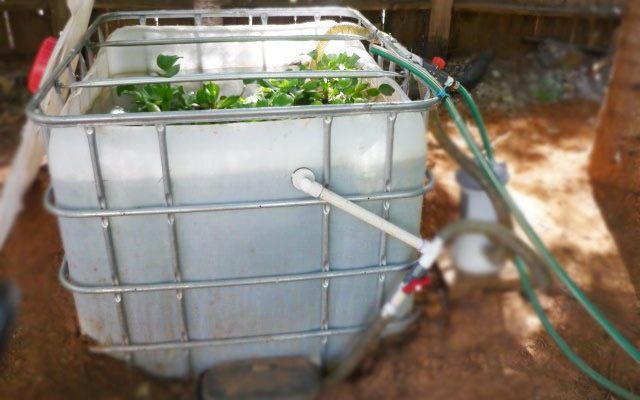
A backyard pond not only gives you the chance to raise catfish for food or recreation, but it can also help support local wildlife and enhance your yard’s aesthetic appeal. And let’s be honest: there’s nothing quite like the satisfaction of catching your own fish! Let’s dive into the essentials of raising catfish in a backyard pond, from planning to maintenance.
Understanding the Basics of Catfish Farming
Before you start envisioning yourself as a catfish farmer, it’s crucial to understand what you’re getting into. First, let’s break down what catfish are. Catfish are freshwater fish characterized by their long, whisker-like barbels. They’re omnivores, meaning they eat a wide range of foods, from plants to small animals.
When you think about raising catfish, you’re essentially creating a mini-ecosystem. This involves not just the fish but also the pond’s water quality, food supply, and overall environment. The best catfish for beginners? The channel catfish is often recommended due to its adaptability and fast growth rate.
Choosing the Right Pond Location
Finding the right spot for your pond is key. You want a location that gets some sunlight but isn’t in the direct scorching sun all day. Too much sunlight can lead to algae problems, which aren’t great for your fish.
Here are some things to consider when choosing your pond location:
- Sunlight: Aim for about 6 hours of sunlight per day.
- Drainage: Ensure the area isn’t prone to flooding.
- Accessibility: You’ll need easy access for feeding and maintenance.
Once you’ve found a suitable spot, you can start planning the shape and size of your pond. A good rule of thumb is to aim for at least 1000 square feet of water surface for a small catfish population. This size gives enough space to swim and thrive.
Building Your Pond
Creating your catfish pond doesn’t have to be a huge project. In fact, many people use pre-formed liners or even plastic pools for smaller setups. Here’s how to get started:
1. Excavate: If you’re digging a pond, make it at least 3-5 feet deep. This depth helps maintain water temperature and supports fish survival during winter.
2. Liner: If you’re using a liner, make sure it’s durable and UV resistant. This helps prevent leaks and keeps your pond water contained.
3. Fill the Pond: Once your pond is formed, fill it with water. If possible, let it sit for a few days to allow any chemicals to dissipate before adding fish.
4. Add Aeration: Oxygen is crucial for catfish! Installing an aerator helps keep the water oxygen-rich, which is vital for fish health.
Choosing Your Catfish
When it comes to selecting catfish, channel catfish and blue catfish are popular options. Channel catfish are typically easier to raise and can tolerate a variety of conditions. Blue catfish grow bigger, but they also need a larger space and good water quality.
You might be wondering, “How many catfish should I start with?” A good starting point is to stock 200-300 catfish per acre. For a small pond, starting with 20-50 catfish can give you a manageable population to care for.
Feeding Your Catfish
Catfish are pretty easy to feed, but it’s essential to get it right for their growth. They can eat commercial fish feed pellets, which are designed for their nutritional needs. Here’s how to go about it:
– Frequency: Feed them once or twice a day, but don’t overfeed. Uneaten food can pollute the water.
– Amount: Start with a quarter of a pound of feed for every 10 catfish. Adjust as they grow!
– Type of Food: Use high-protein pellets, especially for young fish. Look for options labeled for catfish; they usually contain the right mix of nutrients.
And remember, you might see them munching on plants or insects in the water—that’s all part of a balanced diet!
Maintaining Water Quality
Water quality is vital to keeping your catfish healthy. Here are the key factors to monitor:
1. Temperature: Catfish thrive in water temperatures between 70°F and 85°F. If your pond gets too hot or too cold, consider installing shade structures or heating options.
2. pH Level: The ideal pH for catfish is between 6.5 and 8.5. You can test the water with a kit and make adjustments as needed.
3. Dissolved Oxygen: Aim for at least 5 mg/L of dissolved oxygen. Aerators can help maintain this level.
By keeping an eye on these factors, you help create a stable environment for your fish to thrive.
Harvesting Your Catfish
Your patience will pay off when it’s time to harvest. Catfish typically reach a good size for eating in 1-2 years, depending on your feeding and care practices. Here’s when and how to harvest them:
– Size: Wait until your catfish reach 1-2 pounds, which is a nice size for grilling or frying.
– Method: You can catch them using a rod and reel, or even with nets. Just be gentle to avoid harming the fish.
After harvesting, it’s all about enjoying your catch! Whether you’re frying them up for dinner or sharing a meal with friends, there’s something rewarding about eating fish you’ve raised yourself.
Common Challenges and Solutions
No project is without its challenges, and raising catfish is no exception. Here are some common issues and how to tackle them:
– Algae Blooms: These can starve your fish of oxygen. To combat this, avoid overfeeding and consider adding plants that compete with algae for nutrients.
– Water Quality Issues: If your water becomes cloudy, this can signal a problem. Regularly test for ammonia and nitrite levels and take corrective actions like changing water.
– Predators: Birds and raccoons love catfish! Using netting or creating a physical barrier around the pond can help protect them.
By staying vigilant and responsive to your pond’s needs, you can enjoy a healthy catfish population for years to come.
In conclusion, raising catfish in a backyard pond can be a rewarding endeavor. With the right planning, care, and a little patience, you’ll find yourself enjoying fresh fish right from your own yard. So grab your gear, embrace the process, and get ready to make your backyard pond a little slice of paradise for you and your catfish!

